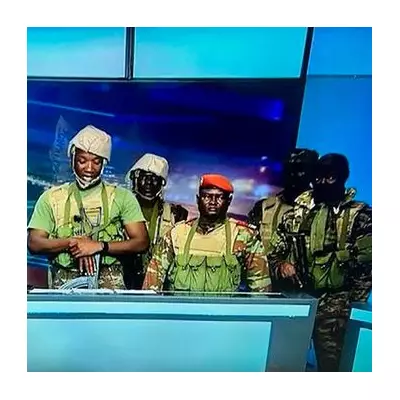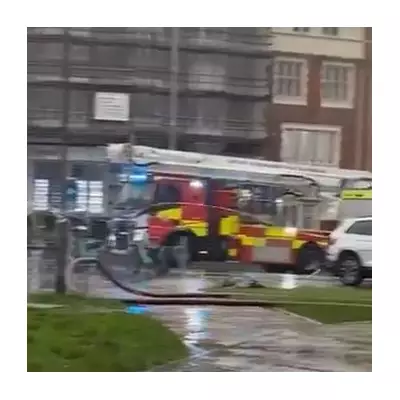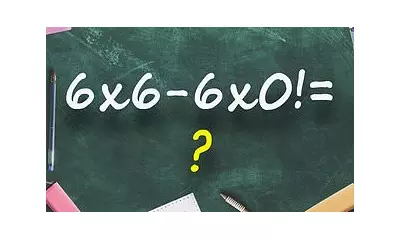
A Colorado high school has ignited a firestorm of controversy after implementing a sweeping ban on religious imagery in student artwork, leaving one senior student fighting for her creative and religious freedoms.
The alarming policy came to light when a talented art student was prohibited from including any religious symbols in her senior portfolio, despite religious themes being permitted for other students in previous years. This sudden shift in policy has raised serious concerns about censorship and discrimination within the educational system.
The Creative Crackdown
What began as an exciting senior art project quickly turned into a battle over constitutional rights when school administrators drew a hard line against religious expression. The student, who had planned to incorporate meaningful religious elements into her work, found herself at the centre of an unexpected constitutional debate.
"This isn't just about art - it's about fundamental rights," explained a source close to the situation. "Students should be able to express their deeply held beliefs through their creative work without fear of censorship."
Legal Experts Sound Alarm
Constitutional scholars and religious freedom advocates have expressed grave concerns about the school's position. Many argue that the ban may violate established legal precedents protecting student expression, particularly when it comes to religious speech.
Legal analysts note that while schools have broad authority over curriculum, they cannot single out religious expression for special restrictions. The case echoes similar battles across the United States where schools have attempted to limit religious speech, often with limited success in courts.
Broader Implications for Student Rights
This case represents more than just one student's artistic freedom - it touches on fundamental questions about how schools balance maintaining neutrality with protecting individual rights. Education experts warn that such policies could have a chilling effect on student expression across various mediums.
The incident has sparked broader conversations about:
- The limits of school authority over student expression
- Protections for religious speech in educational settings
- Consistency in application of school policies
- Student rights in the digital and creative age
Community Reaction and Next Steps
Local community members and religious organisations have rallied behind the student, calling for immediate policy changes. Meanwhile, school administrators face increasing pressure to justify their position and reconsider the controversial ban.
As the situation develops, all eyes remain on Colorado, where the outcome could set important precedents for how schools across the nation handle similar cases involving religious expression and student rights.





